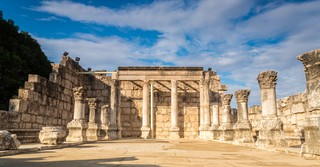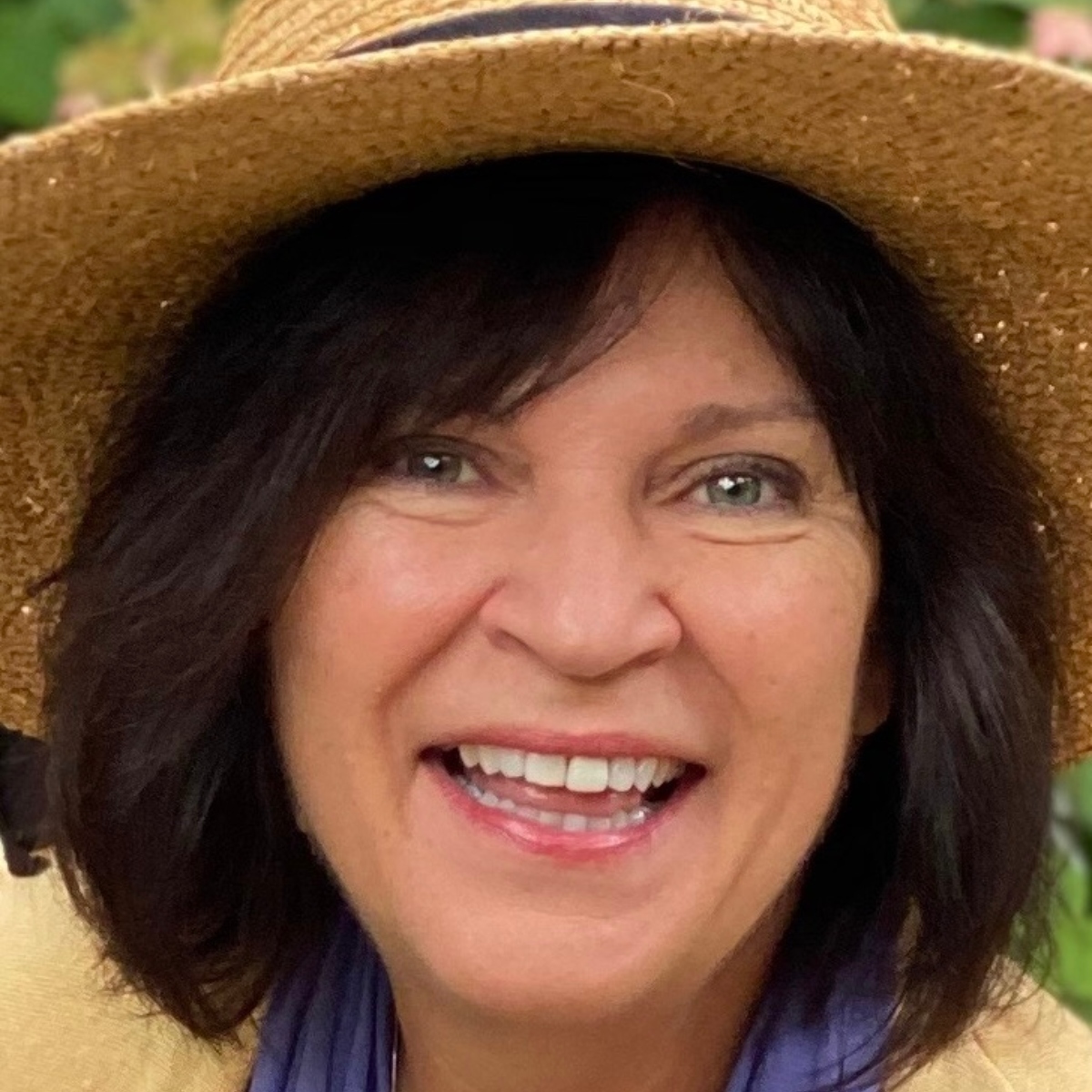Why Was Capernaum Such an Important City in the Bible?
Share

What and Where Was Capernaum in the Bible?
In the ancient world, Capernaum was the place to live if you wanted a life as a merchant. Capernaum existed as a trading village of about 1500 people on the northwestern Galilean seashore to the south of Chorazin, and north of Gennesaret. Its name originates from two Hebrew words, kfar (village) and Nachum (an unknown man’s name). In the Greek language, it means village of comfort. Founded in the second century BC, during the Greek Hellenistic Period, and fishing served as its main occupation. Capernaum held a garrison, served as an administrative center, and due to its location on the busy trade route, was a customs station. Its life extended through the 10th century AD, and it continued to prosper through the early Muslim period of the seventh and eighth centuries until the eleventh century, when thereafter it lost its station as a commercial center, degenerated, and its habitation vanished.
What Was Capernaum Known For?
Located along the Via Maris, Capernaum was located on the main trade route between Damascus and Egypt. It was an important commercial stop on that trade route, and the largest number of workers chose fishing as their vocation (others were farmers and merchants). Because of its location and many visitors, knowledge of Jesus extended far and wide by means of the traders who passed through Capernaum. His fame spread and many came to know Him through the people who took accounts of Him back to their home ports.
The most important fact to remember about Capernaum is Jesus executed more miracles and preached more in the surroundings of Capernaum than any other place during His ministry. Capernaum is known for numerous events and one strong admonition, as it was one of the three cities, along with Chorazin and Bethsaida) cursed by Jesus for its lack of faith (Matthew 11:21-23, Luke 10:13-15).
In addition to the facts and events above, Capernaum:
Had a synagogue built for it by a Roman Centurion.
Being in the environs of the Sea of Galilee, Jesus’ ministry included Capernaum and its surrounding area.
The area around Capernaum was where Jesus chose some of His disciples, Peter and his brother Andrew (Mark 1:16-18), James and his brother, John—the sons of Zebedee (Mark 1:19-20), and Matthew the tax collector (Mark 2:13-14).
What Are Some Important Events That Took Place in Capernaum?
During the earthly life and ministry of our Lord Jesus Christ, He used Capernaum as His ministry base. Matthew 4:13 tells us ‘He lived there.” In Mark 2:1, it is reported as His home, Matthew 9:1 refers to it as “His own city,” and in John 6:24, when the disciples could not find Jesus, they sought for Him in Capernaum.
At the synagogue in Capernaum, Jesus amazed the crowds with His teaching. On one occasion while Jesus taught, a man possessed with an unclean spirit confronted Him and asked Jesus what He had to do with “them (the demons).” He asked if Jesus had come to destroy them, and he said they know who Jesus is—the Holy One of God. Jesus rebuked the spirit and commanded him to leave the man (Mark 1:21-27).
A Roman centurion whose servant fell ill heard about Jesus and sent Jewish elders to ask Him if He would come to heal the man. This same official had the synagogue in Capernaum built, and the elders beseeched Jesus’ intervention, claiming the man’s worth (Luke 7:1-5). Jesus accompanied the Jewish elders as they traveled back to the official’s house and, as they entered the area close to the centurion’s house, a group of the official’s friends met them on the road with a message from him. With humility, he said he was not worthy to have Jesus come under his roof. He went on to say through the messengers Jesus had but to say the word and he knew his servant would be healed. Jesus marveled at his faith and exclaimed to the crowd that followed Him He had not even in Israel found such faith. It is not a surprise to read in the next verse the servant was healed before the messengers returned (Luke 7:6-10).
The account of Jesus healing Jairus' daughter takes place in Capernaum, as does the healing of the woman who touched Jesus’ garment (Luke 8:40-56).
Jesus endured much questioning and scorn by the Jewish leaders during His public ministry in Capernaum. In Matthew 9, the people take a paralytic to Jesus and He said, “Take heart, My son, your sins are forgiven.” To that, the Jews decried Him, saying He blasphemed. Jesus knew their hearts and confronted their wrong thinking and beliefs (Matthew 9:1-6). Afterward, He told the paralytic to rise, pick up his mat, and go home.
Peter lived in Capernaum, and one day after teaching in the synagogue, Jesus went there and found Peter’s mother-in-law ill. He healed her and her first action was to serve those in her house (Matthew 8:14-15, Mark 1:29-31, Luke 4:38-39).
In the village’s synagogue, Jesus gave a sermon on the bread of life (John 6:35-59). This was the first of Jesus’ seven I am statements found in the book of John (The Bread of life). The others are The Light of the world (8:12), The Door (10:9), The Good Shepherd (10:11), The Resurrection and the Life (11:25), The Way and the Truth and the Life (14:6), and The True Vine (15:1). There remains one other I am statement that blew the Jewish leaders away and incited their ire and desire to stone Him—the statement they recognized as Jesus saying He is God (John 8:58).
Jesus began preaching, The kingdom of God is at hand in the area around Capernaum (Mark 1:15).
Matthew 17:23-27 records the account of Jesus teaching Peter about the tax owed to the state. Later, in Matthew 22:21, Jesus tells his disciples, “Therefore render to Caesar the things that are Caesar’s and to God the things that are God’s.”
Jesus taught much to His disciples while they were gathered in Capernaum, including:
“If anyone would be first, he must be last of all and servant of all” (Mark 9:35).
Whoever receives a child in Jesus’ name receives Jesus (Mark 9:37).
Whoever is not against Christians is for them (Mark 9:40).
Difficult metaphorical passages about what happens if one causes another to sin and cutting off a hand to avoid temptation appear in Mark 9:42-49.
Be “salty” and preserve your testimony for the Lord (my paraphrase) (Mark 9:50).
Jesus issued a stern rebuke to Capernaum as He addressed their unrepentant hearts. He said if His mighty works had been done in Sodom (Genesis 18:20), it would still exist. He also contrasted Capernaum with Tyre and Sidon, saying judgment would be easier for them than Capernaum (Mark 11:20-24).
8 Fun Facts about the City of Capernaum
-This sign greets visitors to modern-day Capernaum, (now called Kfar Nahum): Capharnaum the town of Jesus.
-The Church of the Multiplication, which commemorates Jesus multiplying the loaves and fishes (Matthew 14:13-21; Mark 6:30-44; Luke 9:10-17; John 6:1-14) lies a few miles south of Capernaum. Legend holds a large black rock under the altar of the church marks the spot where Jesus fed the multitudes.
-That Jesus lived in Capernaum fulfilled prophecy (Isaiah 9:1-2).
-Herod Antipas ruled the region and persecuted the Christians.
-A modern church sits atop the location of Peter’s house, with a glass floor for viewing.
-The location of ancient Capernaum remained unknown until British archaeologist, Charles Wilson, found it in 1866.
-The ancient site remains a popular place for Christians who make a pilgrimage to the Holy Land.
-The Franciscans own and run the ancient site’s archeological ruins.
As we reflect on Jesus’ choice of Capernaum as His home, it’s good to remember God makes no random choices. Everything Jesus did, He did with intentionality (Isaiah 61:1-3, Luke 9:51, e.g.). He knew the trade route was a grand place from which to spread His renown in the world at that time. We too should walk with intention as Christ’s ambassadors, “running the race that is set before us” (Hebrews 12:2).
Related:
Photo credit: ©GettyImages/ Jacek_Sopotnicki
